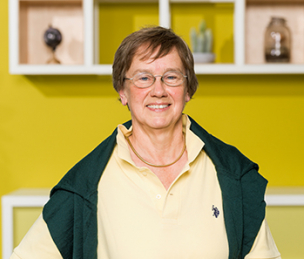Displaying 1 - 4 of 4
-
Bauer, B. L. M. (2023). Multiplication, addition, and subtraction in numerals: Formal variation in Latin’s decads+ from an Indo-European perspective. Journal of Latin Linguistics, 22(1), 1-56. doi:10.1515/joll-2023-2001.
Abstract
While formal variation in Latin’s numerals is generally acknowledged, little is known about (relative) incidence, distribution, context, or linguistic productivity. Addressing this lacuna, this article examines “decads+” in Latin, which convey the numbers between the full decads: the teens (‘eleven’ through ‘nineteen’) as well as the numerals between the higher decads starting at ‘twenty-one’ through ‘ninety-nine’. Latin’s decads+ are compounds and prone to variation. The data, which are drawn from a variety of sources, reveal (a) substantial formal variation in Latin, both internally and typologically; (b) co-existence of several types of formation; (c) productivity of potential borrowings; (d) resilience of early formations; (e) patterns in structure and incidence that anticipate the Romance numerals; and (f) historical trends. From a typological and general linguistic perspective as well, Latin’s decads+ are most relevant because their formal variation involves sequence, connector, and arithmetical operations and because their historical depth shows a gradual shift away from widespread formal variation, eventually resulting in the relatively rigid system found in Romance. Moreover, the combined system attested in decads+ in Latin – based on a combination of inherited, innovative and borrowed patterns and reflecting different stages of development – presents a number of typological inconsistencies that require further assessmentFiles private
Request files -
Bauer, B. L. M., & Mota, M. (2018). On language, cognition, and the brain: An interview with Peter Hagoort. Sobre linguagem, cognição e cérebro: Uma entrevista com Peter Hagoort. Revista da Anpoll, (45), 291-296. doi:10.18309/anp.v1i45.1179.
Abstract
Managing Director of the Max Planck Institute for Psycholinguistics, founding Director of the Donders Centre for Cognitive Neuroimaging (DCCN, 1999), and professor of Cognitive Neuroscience at Radboud University, all located in Nijmegen, the Netherlands, PETER HAGOORT examines how the brain controls language production and comprehension. He was one of the first to integrate psychological theory and models from neuroscience in an attempt to understand how the human language faculty is instantiated in the brain. -
Bauer, B. L. M. (1992). Du latin au français: Le passage d'une langue SOV à une langue SVO. PhD Thesis, Radboud University Nijmegen, Nijmegen.
-
Bauer, B. L. M. (1992). Evolution in language: Evidence from the Romance auxiliary. In B. Chiarelli, J. Wind, A. Nocentini, & B. Bichakjian (
Eds. ), Language origin: A multidisciplinary approach (pp. 517-528). Dordrecht: Kluwer.

Share this page